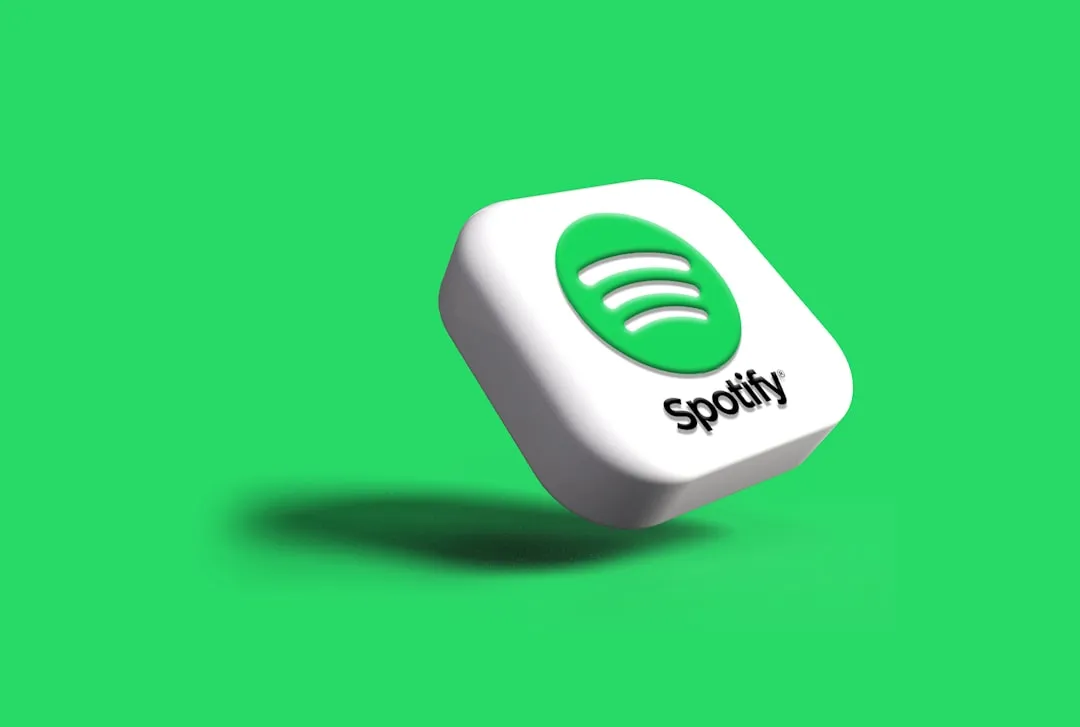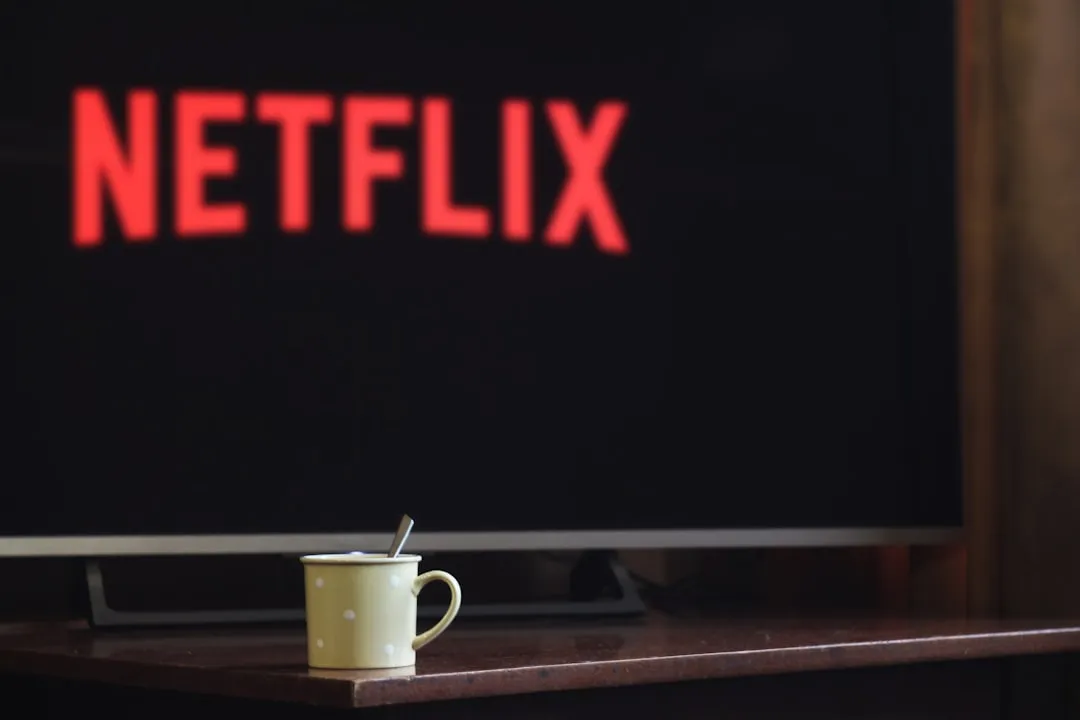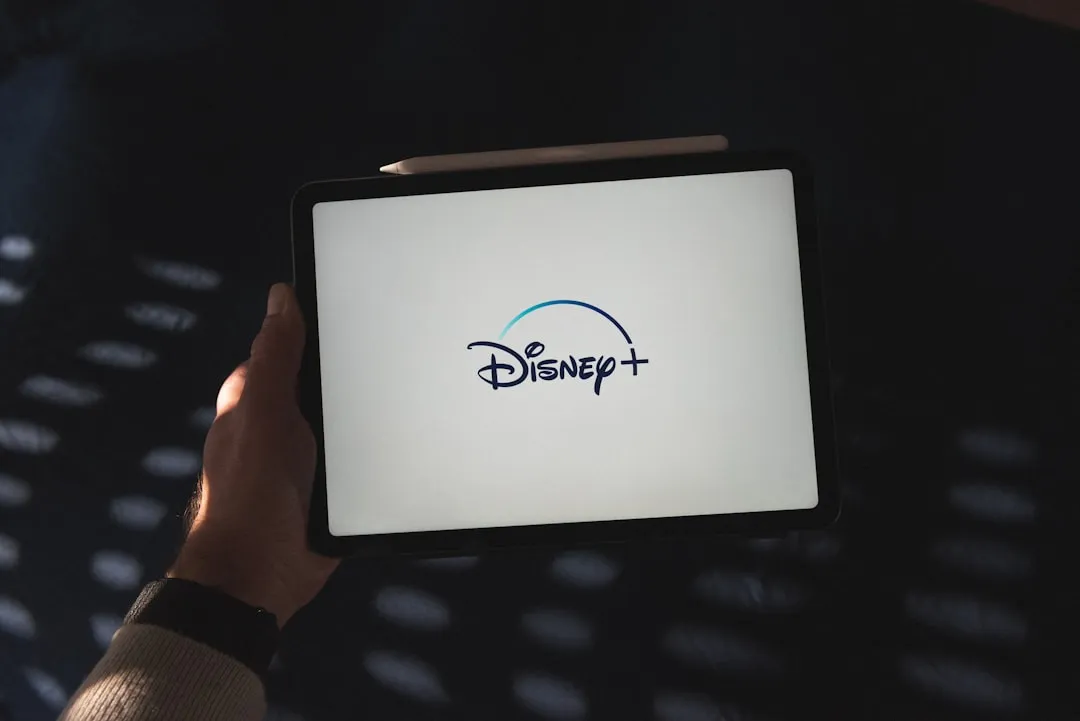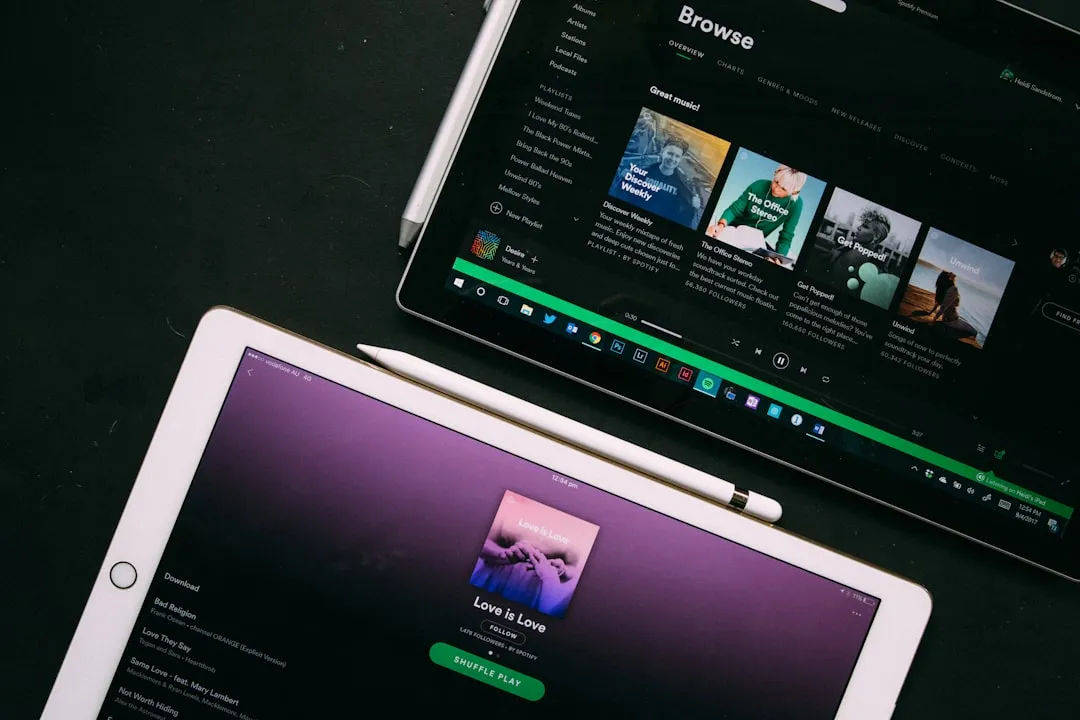Spotify's integration of playlist transfer capabilities directly into its mobile app marks a strategic shift in the streaming giant's approach to user acquisition. The company has partnered with TuneMyMusic to create what might be the most seamless playlist importing experience we've seen from a major platform, according to 9to5Google. But here's what makes this move particularly intriguing—it comes at a time when Spotify is navigating some serious challenges, including user boycotts and artist departures due to founder Daniel Ek's controversial role as chairman of German defense company Helsing, as reported by 9to5Google.
The timing feels calculated and confident. While competitors like Apple Music have been aggressively courting Spotify users with their own transfer tools (now available in multiple countries including the US, UK, and Canada, according to Fast Company), Spotify is essentially saying "bring your music here instead." Rather than playing defense, they're turning playlist portability into an offensive weapon—betting that their platform's strengths will shine once users experience what Spotify has to offer.
How Spotify's new import feature actually works
The "Import your music" option sits strategically in your "Your Library" tab—right where users are already managing their collections, reports 9to5Google. When you tap it, you're not redirected to some clunky external website. Instead, you get a native TuneMyMusic experience through an in-app browser that lets you connect multiple streaming service accounts and transfer playlists without ever leaving the Spotify environment, as detailed by 9to5Google.
What's impressive about this implementation is how it addresses the traditional pain points of playlist transfers. Specialized tools like this typically achieve at least 95% success rates when moving content between platforms, according to Free Your Music—a significant improvement over manual reconstruction methods that often leave users frustrated and missing their favorite tracks.
The process itself is refreshingly straightforward: authenticate with your source streaming service, select what you want to transfer, and let the system handle the heavy lifting. What sets Spotify's approach apart is the seamless integration—no app downloads, no external account creation, just a smooth experience built right into their ecosystem.
Why this move makes strategic sense for Spotify
This isn't just about convenience—it's a calculated response to mounting competitive pressure and internal controversies that have created user acquisition opportunities. Beyond the defense industry backlash, Spotify faces an increasingly aggressive competitive landscape where rivals haven't been sitting idle. Apple Music users have been able to import playlists from Spotify and other services across multiple markets, as reported by Fast Company, making it easier for users to explore alternatives.
By eliminating the barrier to entry, Spotify is essentially doubling down on their platform's core strengths—the recommendation algorithm that learns your taste, social features that connect you with friends, and podcast integration that creates a unified audio experience. It's a confidence play that suggests they're not worried about making it easier for users to move between platforms because they believe their experience is superior.
This approach also signals a broader strategic shift away from relying on switching friction to maintain user base. Instead of making it difficult to leave, Spotify is making it easy to arrive—then focusing on retention through superior features and user experience.
The technical challenges behind seamless transfers
What appears simple on the surface involves sophisticated technology working behind the scenes. Advanced matching algorithms must identify songs across different platforms, but success rates can vary significantly due to licensing differences and regional restrictions that prevent certain tracks from being available on the destination service, notes Free Your Music.
The technical hurdles are more complex than most users realize. Transfer complications frequently include missing songs, login authentication issues, incomplete playlist transfers, incorrect song ordering, and process interruptions that require manual intervention, according to Free Your Music. The most effective transfer services don't just move the songs—they preserve playlist structure, names, and organization while offering features like 15-minute auto-sync updates and cloud backup for security, as detailed by Free Your Music.
What makes these challenges particularly tricky is dealing with catalog differences between services. A song available on Apple Music might not exist on Spotify, or it could be listed under a slightly different name or artist variation. Spotify's partnership with TuneMyMusic leverages years of refinement in handling these edge cases, giving them access to proven matching technology rather than building from scratch.
What this means for the streaming landscape
Spotify's move reflects a fundamental industry evolution toward user-centric competition rather than platform lock-in strategies. We're witnessing most major streaming platforms now offering some form of playlist transfer capability, either through built-in tools or partnerships with third-party services like Tune My Music, SongShift, and Soundiiz, reports Fast Company.
This shift forces platforms to compete on actual value rather than switching friction. Apple Music has been emphasizing superior audio quality with Lossless and Dolby Atmos features as key differentiators, according to San.com, while other services focus on exclusive content, social features, or discovery algorithms.
The widespread adoption of playlist portability is also changing user behavior patterns. When people know their carefully curated collections aren't trapped in one ecosystem, they become more willing to experiment with different platforms. This creates a more dynamic competitive environment where services must continuously innovate and prove their worth to maintain subscribers.
The bottom line: easier switching, better competition
Spotify's integration of playlist import functionality represents more than just a convenient feature—it's a strategic acknowledgment that the streaming music landscape has evolved beyond the point where platforms can rely on switching friction to maintain their user base. By making it effortless for users to bring their music collections from competing services, Spotify is betting that their platform's strengths will speak for themselves once users experience the full ecosystem.
The company's partnership with TuneMyMusic demonstrates how third-party solutions are becoming integral to major platform strategies, as noted by 9to5Google. Rather than viewing playlist portability as a threat, forward-thinking platforms are using it as a competitive advantage—confident that superior features, algorithms, and user experience will win over users who now have unprecedented freedom to explore alternatives.
Whether Spotify's gamble pays off will depend on their ability to deliver compelling experiences that justify user loyalty in an increasingly fluid market. What's certain is that we're entering an era where streaming platforms must earn subscribers through innovation and value rather than making it difficult to leave. That's ultimately good news for music lovers everywhere, as it promises continued improvement across all platforms in the race to win—and keep—users who can now vote with their feet more easily than ever before.






















Comments
Be the first, drop a comment!